Madagascar
Welcome to Madagascar
Madagascar, often dubbed the “Eighth Continent,” is a captivating island nation located in the Indian Ocean off the eastern coast of Africa. It is the world’s fourth largest island and renowned for its extraordinary biodiversity, unique landscapes, and rich cultural heritage. Madagascar offers travelers a rare opportunity to explore ecosystems and wildlife found nowhere else on Earth, thanks to its long geological isolation spanning over 88 million years.
Madagascar's geography is a stunning mosaic of tropical dry forests, lush rainforests, plateaus, deserts, and pristine beaches. The island is divided into several provinces, each with distinct attractions: • Antananarivo Province: Home to the capital city, Antananarivo, this region serves as the main gateway for visitors. It offers craft workshops, small lemur reserves, and vibrant urban culture. • Antsiranana Province: Famous for the tropical island of Nosy Be and Masoala National Park, this area features upscale resorts and idyllic beaches, making it a favorite among beach lovers. • Fianarantsoa Province: Known for its rainforests and mountainous terrain, including Andringitra and Ranomafana National Parks, it is accessible via the RN7 highway. • Mahajanga Province: Characterized by impressive wetlands and secluded resorts reachable by private plane or boat, it includes the Tsingy de Bemaraha Reserve. • Toamasina Province: Home to the Andasibe-Mantadia National Park, where visitors can hear the haunting calls of Indri lemurs, and less-visited eastern coastal areas. • Toliara Province: The southern region features the unique spiny forest ecosystem, Isalo National Park, and a dry, hot climate supporting diverse wildlife such as lemurs, lizards, and birds. Madagascar's flora and fauna are exceptional. Over 90% of its wildlife and 80% of its plants are endemic, including nearly 1,000 orchid species and six of the world's eight baobab species. Iconic natural wonders include the Avenue of the Baobabs and the Tsingy Stone Forest, a UNESCO World Heritage Site known for its dramatic limestone formations and rare wildlife.
1.
Unparalleled Biodiversity
Madagascar is a sanctuary for nature lovers and wildlife enthusiasts. From the playful lemurs and colorful chameleons to the vast array of endemic plants, the island offers an extraordinary glimpse into evolutionary uniqueness. Its ecosystems range from dense rainforests to arid spiny forests, each harboring species found nowhere else on the planet.
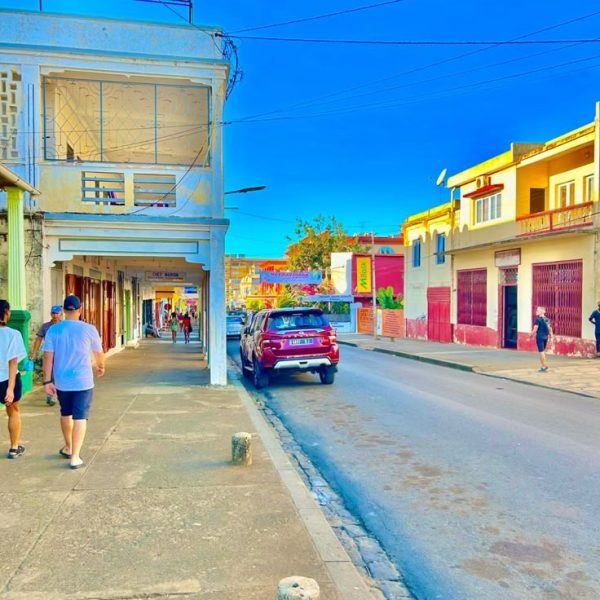
2.
Rich History and Culture
Beyond its natural wonders, Madagascar has a fascinating cultural tapestry shaped by African, Asian, and European influences. Adventure seekers can explore the pirate history on Île Sainte-Marie, home to the world’s only pirate cemetery, and immerse themselves in local traditions through ecotourism initiatives like the FIVEAMA Women’s Association in Ankarana National Park.
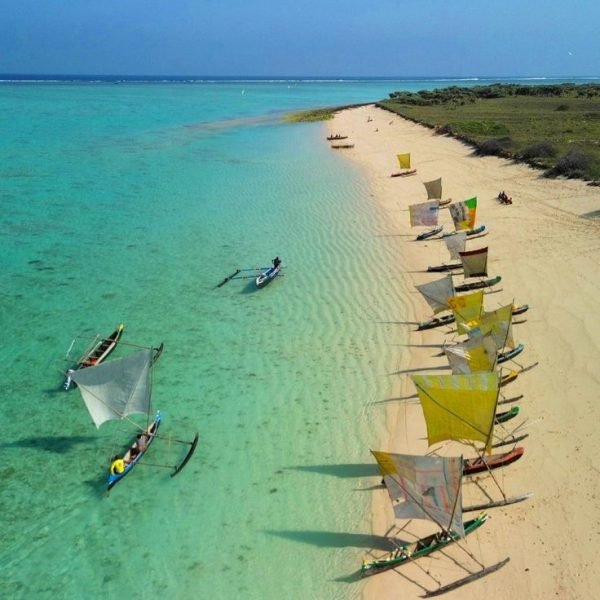
Planning Your Trip
Visa Information
All travelers to Madagascar must have a valid passport with at least six months’ validity beyond the arrival date and two blank pages for visa stamps. A visa is mandatory for all visitors and can be obtained in three ways: on arrival at the international airport, online via the e-visa platform, or in advance through Malagasy embassies or consulates. Visa fees vary by length of stay, starting from approximately €10 for stays under 15 days, up to €40 for stays of 31 to 60 days. Note that visas issued on arrival are non-extendable and non-convertible to long-stay visas.
Best Time to Visit
The optimal period to visit Madagascar is from April to mid-December, when the weather is warm and dry, ideal for exploring rainforests, spotting wildlife, and enjoying beaches. The austral winter (April to October) offers dry and pleasant conditions, especially suitable for coastal and northern regions. November marks the start of the wet season but is still recommended for wildlife watching before heavy rains and cyclones begin. Peak tourist months are July, August, and December, coinciding with northern hemisphere holidays, so booking accommodations and flights in advance is advisable.
Getting To and Around
Madagascar is primarily accessed by air, with Ivato International Airport near Antananarivo serving as the main entry point. Direct flights are rare except from South Africa or Paris, so most travelers connect through neighboring countries. Domestic travel options include Madagascar Airlines, which operates flights to major towns and islands, and cruise operators offering scenic island-hopping experiences.
Within Madagascar, travel strategies differ by region. Northern Madagascar’s vast distances and challenging roads make flying preferable, while in the south, driving is common. Hiring a car with a driver is recommended for flexibility and local insight. For budget-conscious travelers, shared minibuses called “brousse” or “bush taxis” offer regular, though less predictable, transport services with stops for meals and rest.
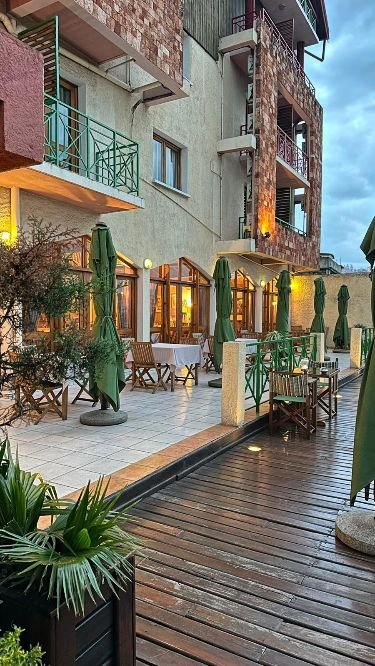
Accommodation
Madagascar offers a diverse range of accommodations catering to all types of travelers, from budget backpackers to luxury seekers. The island’s lodging options reflect its rich natural beauty and cultural heritage, often blending comfort with eco-consciousness and local charm.
Accommmodation Options
- Eco-lodges and Nature Lodges
For those wanting to immerse themselves in Madagascar’s unique ecosystems, eco-lodges are ideal. These accommodations are commonly found near national parks, rainforests, and coastal areas. They typically feature bungalows or tents constructed with sustainable materials, designed to minimize environmental impact while providing comfort. Examples include Saha Forest Camp near Anjozorobe, Vakona Forest Lodge in Andasibe, and the Palmarium on the Pangalanes Canal. Staying in an eco-lodge allows guests to experience wildlife and nature up close, often with guided tours and educational activities integrated into the stay. - Charming Hotels and Resorts
In popular tourist areas like Nosy Be, Morondava, and Ifaty, travelers can find charming hotels and resorts offering modern amenities such as swimming pools, beachfront access, and private villas. These accommodations blend Malagasy architectural styles with contemporary luxury. Resorts like L’Heure Bleue and Anjiamarango Beach Resort on Nosy Be are known for their warm hospitality, elegant decor, and tranquil settings. Many resorts provide water sports, spa services, and fine dining, making them perfect for a relaxing holiday. - Guesthouses and Homestays
For a more authentic cultural experience, guesthouses and homestays run by local families are widely available, especially in smaller towns and rural areas around lakes like Mantasoa or Ampefy. These offer simple but comfortable rooms and the chance to engage directly with Malagasy daily life, customs, and cuisine. Guests often enjoy homemade meals and personalized hospitality, gaining insight into local traditions. - Unique and Unusual Accommodations
Madagascar also boasts some distinctive lodging options that stand out for their originality and harmony with the landscape. For example, Bakuba Lodge in Toliara features open architecture with panoramic views, while Olo Be in Andavadoaka and Altra Faccia della Luna in Anakao offer unique designs that blend into their natural surroundings. These places are perfect for travelers seeking something off the beaten path. - Luxury Resorts
For those seeking exclusivity and high-end comfort, Madagascar has several 5-star resorts that combine elegance with breathtaking natural settings. Rooms and villas often come with private plunge pools, outdoor showers, and terraces overlooking the Indian Ocean or tropical gardens. Interiors are tastefully decorated with Malagasy craftsmanship, offering premium bedding and modern amenities such as smart technology and entertainment systems. These resorts provide a secluded atmosphere ideal for honeymooners, couples, or anyone wanting a tranquil escape. - In the Capital, Antananarivo
The capital city offers a variety of accommodations ranging from budget hotels to boutique and luxury options. La Varangue is a standout hotel known for its artistic ambiance, vintage decor, and tropical gardens, offering a unique blend of comfort and cultural immersion. Other well-rated hotels include Radisson Blu and Ibis Antananarivo Ankorondrano, which provide reliable services and convenient locations for business or leisure travelers.
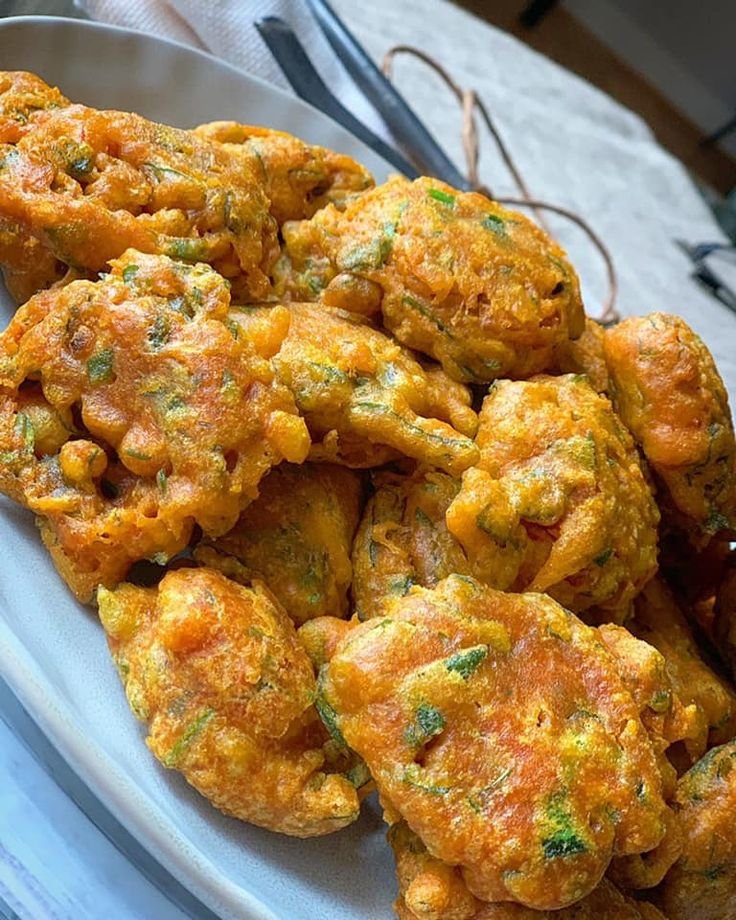
Food and Drink
Madagascar’s cuisine is a flavorful reflection of its diverse cultural influences, blending African, Asian, Arabic, French, and Indian culinary traditions. Though rice is the staple of most meals, Malagasy food is far from bland, featuring aromatic spices and fresh local ingredients.
- Typical Malagasy Cuisine
A traditional Malagasy meal usually centers around a large serving of rice accompanied by a small portion of meat, poultry, or fish, along with vegetables and a sauce. Common ingredients include onions, garlic, ginger, and tomatoes, which lend subtle but rich flavors. The national dish, Romazava, is a hearty stew made with zebu (local cattle), pork, or beef, simmered with greens, garlic, ginger, and tomatoes. It is often served with a spicy condiment called sakay, made from red chili peppers, for those who enjoy heat. - Coastal and Seafood Specialties
Along the coast, seafood is abundant and features prominently on menus. Fresh fish, lobster, shellfish, and crab are prepared simply to highlight their natural flavors, often grilled or cooked in coconut milk. Coastal resorts and beachside eateries serve freshly caught seafood daily, making it a must-try for visitors. - Street Food and Markets
In towns and cities, street food vendors offer quick, tasty snacks such as mofo gasy (Malagasy rice pancakes), grilled skewers, and samosas. Markets like the Marché de Fianarantsoa and Marché Tsena Tanambao are vibrant places to sample local produce, spices, and prepared foods while soaking up Malagasy daily life. - French and International Influences
Due to Madagascar’s colonial history, French culinary influence is evident, especially in urban restaurants and tourist areas. You’ll find dishes such as steak with green peppercorn sauce, baguettes, pastries, and even pizza. Many restaurants serve a fusion of Malagasy and French cuisines, offering a broader range of flavors. - Beverages
Madagascar has a rich tradition of both alcoholic and non-alcoholic drinks made from local ingredients. The most popular traditional alcoholic beverage is toaka gasy, a sweet, slightly perfumed rum distilled from fermented sugarcane juice, often served during ceremonies and social gatherings. Another regional specialty is betsabetsa, a fermented cane juice drink from the east.
Modern alcoholic drinks include locally produced wines and beers, with brands like THB (Three Horses Beer) being widely consumed. Artisanal beers such as apango (red rice beer) are also popular in some regions. Additionally, arranged rum, infused with fruits and spices, offers a flavorful twist on traditional rum.
Non-alcoholic options are plentiful and refreshing, with tropical fruit juices made from mango, papaya, guava, pineapple, tamarind, and lime widely available. Fresh lemonades and homemade soft drinks are common, often served chilled to beat the tropical heat.

Must-See Attractions
- Avenue of the Baobabs
One of Madagascar’s most iconic sights, the Avenue of the Baobabs is a striking dirt road lined by towering, ancient baobab trees. These majestic “upside-down” trees, some over a thousand years old, create a surreal and photogenic landscape, especially at sunrise and sunset when the golden light enhances their dramatic silhouettes. The site also features local markets and coffee stalls, adding cultural flavor to the natural spectacle. - Tsingy de Bemaraha National Park
A UNESCO World Heritage Site, this park is famous for its extraordinary limestone formations called tsingy—needle-sharp pinnacles that form a labyrinthine landscape. The park is divided into two main areas: the Grands Tsingy, with extensive, towering spires, and the Petits Tsingy, accessible by traditional pirogue boat along the Manambolo River Gorge. Visitors can explore via a network of suspension bridges, ladders, and fixed cables, making it a thrilling destination for adventurous travelers. - Ranomafana National Park
This lush rainforest park is a biodiversity hotspot, home to 13 species of lemurs, including the rare golden bamboo lemur, as well as numerous birds, reptiles, and orchids. The park’s network of hiking trails leads through dense jungle, past waterfalls and hot springs. Night walks are particularly rewarding, offering chances to see nocturnal creatures such as chameleons and frogs. - Isalo National Park
Known for its otherworldly sandstone formations, deep canyons, natural swimming pools, and palm-lined oases, Isalo is a striking contrast to Madagascar’s rainforests. Hikers can explore scenic trails that culminate in refreshing dips in “God’s Bathtub,” a natural pool carved into the rocks. The park’s dramatic landscapes make it a favorite for photography and outdoor adventure. - Andasibe-Mantadia National Park
Located close to the capital, this park is famous for the Indri lemur, the largest living lemur species, known for its haunting, melodic calls. The park’s well-maintained trails wind through dense rainforest, where visitors can spot various lemurs, chameleons, and endemic birds. Guided tours provide insight into the park’s ecology and conservation efforts. - Nosy Be and Surrounding Islands
For beach lovers and marine enthusiasts, Nosy Be is Madagascar’s premier island resort destination. It offers white-sand beaches, crystal-clear waters, and excellent snorkeling and diving opportunities. Nearby islands like Nosy Komba and Nosy Tanikely boast vibrant coral reefs teeming with tropical fish and sea turtles. - Île Sainte-Marie
This tranquil island is famous for its pirate history, pristine beaches, and exceptional whale-watching opportunities. From June to September, humpback whales migrate to these waters to breed and calve, providing spectacular displays of breaching and tail slapping. The island also offers snorkeling, kayaking, and cultural tours. - Anja Community Reserve
A community-managed nature reserve, Anja is renowned for its large population of ring-tailed lemurs. It’s a great place to observe these charismatic primates in their natural habitat while supporting local conservation and community development projects. - Montagne d’Ambre National Park
This park features volcanic landscapes, waterfalls, crater lakes, and a cool montane climate. It is home to seven species of lemurs, the elusive fossa (Madagascar’s top predator), and diverse flora. Easy hiking trails make it accessible for most visitors.
10. Ifaty and Toliara
Located in the southwest, this region offers a blend of cultural experiences and natural beauty. Ifaty’s coral reefs are ideal for snorkeling and diving, while Toliara provides a glimpse into Malagasy coastal life. The nearby spiny forests host unique plant species and wildlife.
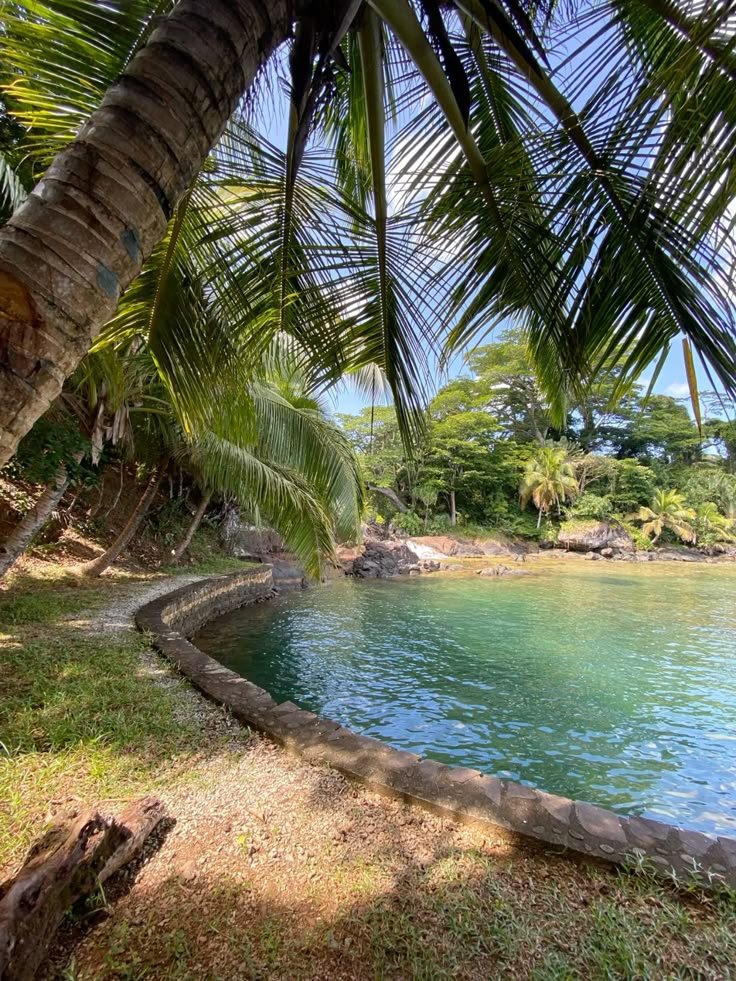
Must-Do Activities
- Lemur Watching and Wildlife Spotting
Madagascar is the only place in the world where lemurs live in the wild. Guided walks in national parks like Andasibe-Mantadia, Ranomafana, and Anja Community Reserve give visitors the chance to see a variety of lemur species, from the tiny mouse lemur to the striking Indri. Night walks reveal nocturnal creatures such as chameleons, frogs, and insects. - Hiking and Trekking
Whether it’s the rugged canyons of Isalo, the volcanic trails of Montagne d’Ambre, or the limestone labyrinths of Tsingy de Bemaraha, Madagascar offers hiking experiences for all levels. Trekking provides an intimate way to explore diverse ecosystems, encounter wildlife, and appreciate breathtaking vistas. - Exploring the Tsingy
Climbing and navigating the Tsingy formations is an exhilarating activity. Using fixed cables, ladders, and suspension bridges, visitors can safely explore these sharp limestone pinnacles while enjoying panoramic views. It’s a unique adventure that combines physical challenge with natural wonder. - Beach Relaxation and Water Sports
Nosy Be and Île Sainte-Marie are perfect for sunbathing, swimming, and snorkeling. The coral reefs offer vibrant underwater life, including sea turtles, rays, and colorful fish. Kayaking, paddleboarding, and diving are popular activities, with many operators offering guided tours. - Whale Watching
From June to September, humpback whales migrate to Madagascar’s eastern waters, especially around Île Sainte-Marie. Whale-watching tours provide unforgettable encounters with these majestic mammals, including opportunities to hear their haunting songs. - Cultural and Community Tours
Visiting local villages and community reserves like Anja offers insight into Malagasy culture, traditions, and conservation efforts. Travelers can participate in crafts workshops, traditional music and dance, and learn about sustainable tourism initiatives that benefit local people. - Pirogue Rides and River Excursions
Traditional wooden canoe rides along rivers such as the Manambolo near Tsingy de Bemaraha provide a peaceful way to experience Madagascar’s landscapes and wildlife. These excursions often include visits to caves, waterfalls, and remote villages. - Birdwatching
Madagascar is a birdwatcher’s paradise with over 280 species, many endemic. Parks like Ranomafana and Montagne d’Ambre are hotspots for spotting rare birds such as the Madagascar pochard, vangas, and ground-rollers. Early morning guided tours maximize sightings. - Photography
From the surreal baobabs and Tsingy formations to vibrant markets and lemurs, Madagascar offers endless photographic opportunities. Sunrise and sunset are particularly magical times for capturing the island’s landscapes and wildlife. - Sampling Malagasy Cuisine
While exploring, don’t miss the chance to taste local dishes such as Romazava(a meat and greens stew), fresh seafood, and street foods like mofo gasy(rice pancakes). Pair meals with traditional drinks like toaka gasy rum or fresh tropical fruit juices.
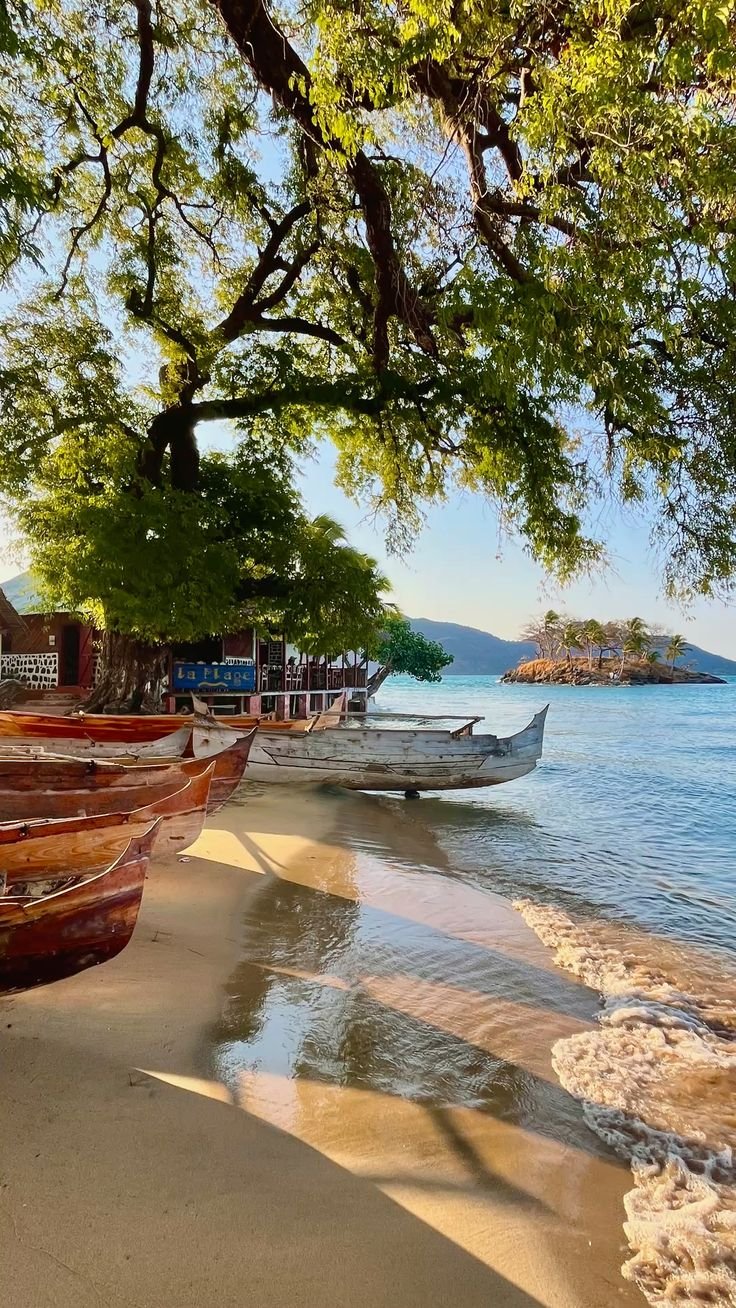
Travel Tips
Traveling to Madagascar in 2025 promises an unforgettable adventure filled with unique wildlife, stunning landscapes, and vibrant cultures. To make the most of your journey, it’s essential to be well-prepared with practical travel tips that cover safety, respect for local customs, and basic language knowledge. This guide will help you navigate Madagascar confidently and respectfully.
Safety Advice
Madagascar is generally a safe and welcoming destination for tourists, but like many developing countries, it requires a certain level of vigilance and preparation to avoid common pitfalls.
General Safety
- Stay Alert in Urban Areas: The capital, Antananarivo (often called “Tana”), has the highest incidence of petty crime such as pickpocketing and bag-snatching, especially in crowded markets and after dark. Keep valuables secure, avoid flashy jewelry, and use hotel safes whenever possible.
- Avoid Walking Alone at Night: Streets can be poorly lit and less secure after sunset. It’s best to use registered taxis or pre-arranged transport rather than walking, particularly in the capital and other large towns.
- Use Official Transport: Always choose official taxis or transport arranged through your hotel or reputable agencies. Avoid unmarked vehicles or accepting rides from strangers.
- Be Cautious with Strangers: While Malagasy people are known for their friendliness, be wary of overly eager guides or vendors who may try to overcharge or scam tourists. Agree on prices beforehand and rely on recommendations from trusted sources.
Road Safety
- Daytime Travel Only: Road conditions outside major cities can be poor, with potholes, stray livestock, and limited signage. Driving at night is strongly discouraged due to insufficient lighting and increased risk of accidents or ambushes.
- Use 4×4 Vehicles and Drivers: If you plan to explore rural areas, rent a 4×4 vehicle with a local driver who knows the terrain and road conditions. This is safer and more comfortable than self-driving.
- Avoid Certain Routes at Night: Some highways, such as Route Nationale 7 (RN7) and RN13, have reported incidents of armed attacks after dark. Flying or traveling by day is safer.
Health Precautions
- Vaccinations: Ensure you are up to date on vaccinations for yellow fever (if arriving from endemic countries), hepatitis A and B, typhoid, rabies, and tetanus.
- Malaria Prevention: Madagascar is a malaria-risk country. Use insect repellent, wear long sleeves and pants, and sleep under mosquito nets. Consult your doctor about prophylactic medication before traveling.
- Food and Water Safety: Avoid drinking tap water or consuming ice made from it. Stick to bottled or boiled water. Eat cooked foods or fruits that can be peeled. Be cautious with street food unless it’s from a reputable vendor.
Emergency Contacts
- Police (urban areas): 117
- National Gendarmerie (rural areas): 199
- Fire and Rescue: 117
- Medical Emergencies: 117 or go directly to a hospital
Carry copies of your passport, insurance, and emergency contact information both digitally and physically.
Local Customs
Understanding and respecting Malagasy customs will enrich your experience and foster positive interactions with locals.
Greetings and Social Etiquette
- Greetings Matter: Malagasy people value polite greetings. A simple “Salama” (hello) or “Manao ahoana” (how are you?) is appreciated. When meeting elders or respected individuals, a slight bow or handshake is customary.
- Respect for Elders: Elders hold a special place in Malagasy society. Show deference by listening attentively and using polite language.
- Avoid Pointing Feet: Feet are considered unclean in Malagasy culture, so avoid pointing them at people or sacred objects.
- Dress Modestly: While beachwear is acceptable on the coast, dress conservatively when visiting villages, towns, or religious sites. Cover shoulders and knees as a sign of respect.
Cultural Sensitivities
- Fady (Taboos): Many regions observe fady, traditional taboos that can vary widely. These may relate to certain animals, foods, or behaviors. Always ask local guides or hosts about any taboos to avoid inadvertent disrespect.
- Photography: Always ask permission before photographing people, especially in rural areas or during ceremonies.
- Gift Giving: Small gifts such as fruit, school supplies, or handicrafts are appreciated when visiting villages or meeting hosts.
Sustainable and Responsible Tourism
Madagascar’s fragile ecosystems and diverse cultures benefit greatly from responsible travel. Support local guides, buy handicrafts directly from artisans, and avoid disturbing wildlife or natural habitats. Respect signs and rules in national parks and protected areas.
Language Basics
Madagasy and French are the official languages of Madagascar, with Malagasy spoken by nearly the entire population. French is widely used in government, education, and business, especially in urban areas.
Useful Malagasy Phrases
- Hello: Salama
- How are you?: Manao ahoana?
- Thank you: Misaotra
- Yes: Eny
- No: Tsia
- Please: Azafady
- Excuse me / Sorry: Azafady
- Goodbye: Veloma
- Do you speak English?: Miteny anglisy ve ianao?
- Help!: Vonjeo!
Learning a few phrases will be warmly received and help break the ice with locals.
French Phrases
- Hello: Bonjour
- Thank you: Merci
- Please: S’il vous plaît
- Do you speak English?: Parlez-vous anglais?
French is more commonly understood in hotels, restaurants, and tourist centers.
Final Tips for a Smooth Journey
Madagascar in 2025 offers incredible adventures but requires thoughtful preparation. Prioritize your safety by staying vigilant in cities, avoiding night travel on roads, and taking health precautions. Embrace Malagasy customs with respect and curiosity, and learn basic language phrases to connect with people. By traveling responsibly and respectfully, you’ll enjoy a richer, safer, and more rewarding experience on this extraordinary island.

